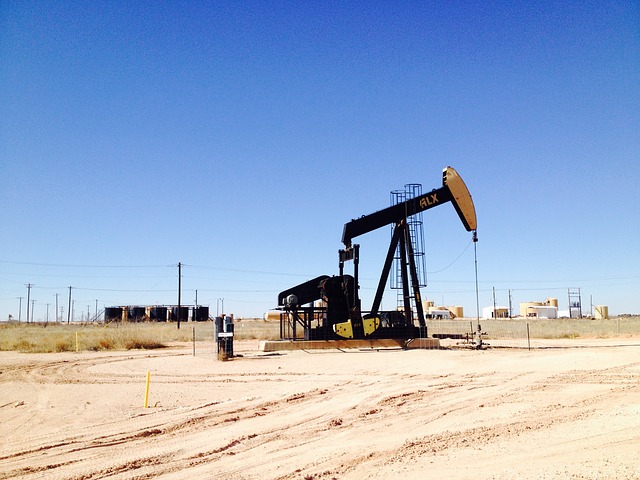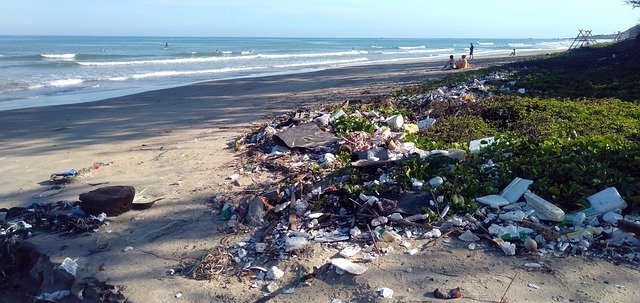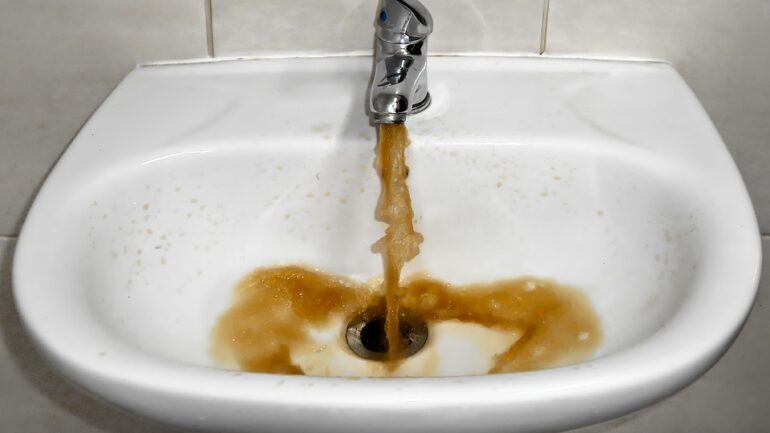By Taylor Schaefer, Staff Writer for Save The Water™ | May 28, 2016
A new study conducted by Ph.D. students at Duke University this April discovered high levels of ammonium, selenium, and lead in brine-laden wastewater linked to hydraulic fracturing in the Bakken region of North Dakota.6 Contamination from past spills has caused some areas to exceed federal drinking water guidelines, putting North Dakota’s land and health at risk.
The controversy over hydraulic fracturing continues as proponents insist that the risk of environmental damage is minimal and the economic advantages are more beneficial than investing in alternative energy sources.7 However, there is no denying that states all over the country have been experiencing increased incidents of water and land contamination due to fracking mishaps. Past contamination complaints in the last five years include Pennsylvania, Ohio, West Virginia, and Texas, further disproving industry statements that contamination is a rare occurrence.1
The latest state to deal with fracking repercussions is North Dakota. Avner Vengosh, a Duke University professor, stated that “The magnitude of spills that we see in North Dakota I haven’t seen elsewhere.3
Some of the largest spills in North Dakota occurred in the past two years. In 2014, an underground pipeline leak spilled approximately one million gallons of brine into Bear Den Bay. In 2015, a nearly three million gallon spill was discovered near Blacktail Creek and many residents are still experiencing the consequences today.3
Fracking in North Dakota has increased substantially since 2008, injecting millions of gallons of chemically laced water at high pressures into the shale below. Spills have occurred only a quarter mile upstream of Lake Sakakawea, a prime drinking water source.4 Fort Berthold Indian Reservation has also experienced spills, which are far less monitored and are often unreported.6
Extremely salty wastewater from oil drilling is laced with toxic metals and radioactive materials that often pool on the surface and eventually seep into waterways. The inorganic chemicals within the brine are much more resistant to biodegradation, which causes them to linger for long periods of time and create radioactive spill sites and groundwater contamination.3 Isotopic tests conducted in the Duke University study confirmed the presence of a variety of metals and toxins at a concentration two times higher than that of non-spill sites.5 The report also found that in most samples, the concentration of selenium is up to 35 times the level that the United States Environmental Protection Agency considers safe.6
The chemicals found in fracking wastewater can have detrimental effects on human health and the surrounding environment. In 2011, a journal article examined the potential health impacts of oil and gas drilling regarding the chemicals used in hydraulic fracturing.2 The paper studied 632 chemicals present in wastewater from previous drilling operations across the U.S. and found that 75 percent of the chemicals negatively affected the eyes and skin, and could also affect the respiratory and gastrointestinal systems. They also found that around 40 to 50 percent of the chemicals could affect the brain, nervous, and cardiovascular systems, and kidney function; 37 percent could affect the endocrine system, and 25 percent could cause cancer.2 While more research is needed to discover the true effects of these contaminants on human health, the possible dangers are clear.
While fracking may aid in providing U.S. consumers with cheaper fuel costs or increased wealth among oil industries, farmers and residents located near oil drilling areas like those in North Dakota have growing concerns about the long-terms costs and consequences of land and water contamination. Save The Water™ research can assist in studying the various chemicals contained in hydraulic fracking spill sites and the concerning effects that the contamination can have on the human condition and the surrounding ecosystems. It is imperative to spread awareness about the long-term consequences fracking can create and push for greater regulation of fracking under the Safe Drinking Water Act. Increased transparency by the oil industry can help avoid future contamination and protect public health.
References
- Begos. January 5, 2014. “4 States Confirm Water Pollution From Drilling.” USA Today. https://usat.ly/1lIVNZv
- Colborn, et. al. September 20, 2011. “Natural Gas Operations From a Public Health Perspective.” Human and Ecological Risk Assessment: An International Journal 17(5).
- Forum News Service. April 28, 2016. “Widespread Contamination of North Dakota’s Soil and Water Caused By Fracking Spills, Duke Study Finds.” Inforum. http://bit.ly/2aWsKnK
- Gottesdiener. September 6, 2014. “In shadow of Oil Boom, North Dakota Farmers Fight Contamination.” Al Jazeera. http://bit.ly/WtI0A5
- Hirji. April 29, 2016. “Persistent Water and Soil Contamination Found at N.D. Wastewater Spills.” Inside Climate News. http://bit.ly/2rfhYkG
- Lauer, et. al. April 27, 2016. “Brine Spills Associated with Unconventional Oil Development in North Dakota.” Environmental Science & Technology. http://pubs.acs.org/doi/abs/10.1021/acs.est.5b06349
- Simmons. November 28, 2011. “No Evidence of Groundwater Contamination from Fracking.” U.S. News & World Report. http://bit.ly/2rY7MzC





